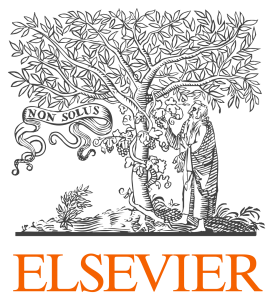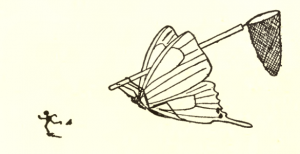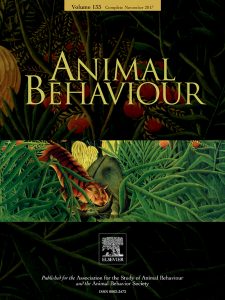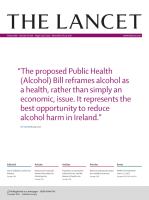 In late December, Ana Khajehnezhad learned what no scientist wants to hear: One of her papers had been retracted. The reason: Her co-author had faked the reviews.
In late December, Ana Khajehnezhad learned what no scientist wants to hear: One of her papers had been retracted. The reason: Her co-author had faked the reviews.
Khajehnezhad, who works at the Plasma Physics Research Center at Islamic Azad University in Tehran, Iran, told Retraction Watch she was “devastated” to hear the news:
I was so shocked. … I had absolutely no knowledge whatsoever on the actions taken by the corresponding author.
As we reported last month, Elsevier is retracting 26 papers affected by fake reviews; Ahmad Salar Elahi is corresponding author on 24 of them, including Khajehnezhad’s now-retracted paper published in International Journal of Hydrogen Energy. Many of Ehali’s co-authors are now facing the consequences of these retractions. Three of them shared their story. Continue reading “Devastated” researchers worry co-author’s use of fake reviews could hurt their careers





